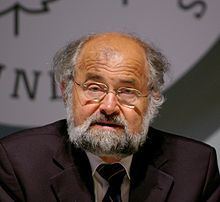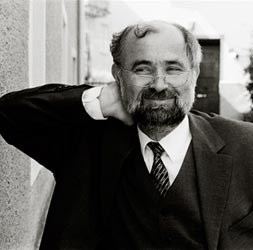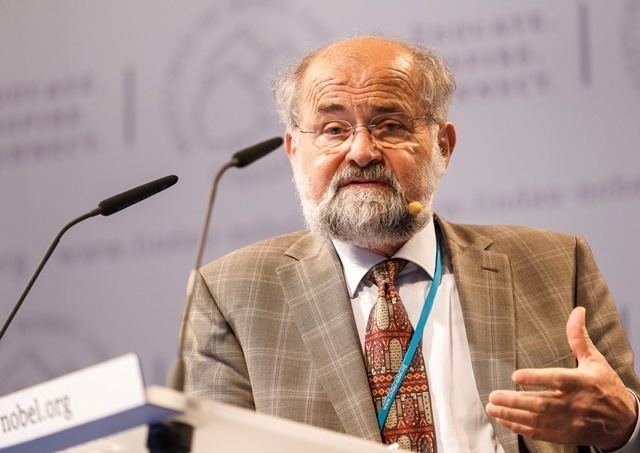Nationality German Name Erwin Neher | ||
Institutions University of GottingenUniversity of Wisconsin–MadisonYale UniversityMax Planck Institute for Biophysical Chemistry Alma mater Technical University of MunichUniversity of Wisconsin-Madison Notable awards Nobel Prize in Physiology or Medicine (1991)ForMemRS (1994)Gottfried Wilhelm Leibniz Prize (1987)Louisa Gross Horwitz Prize (1986) Education University of Wisconsin-Madison, Technische Universitat Munchen | ||
Erwin neher nobel laureate for medicine journal interview
Erwin Neher (; [ˈneːɐ]; born 20 March 1944) is a German biophysicist, specializing in the field of cell physiology. For significant contribution in the field, in 1991 he was awarded, along with Bert Sakmann, the Nobel Prize in Physiology or Medicine for "their discoveries concerning the function of single ion channels in cells".
Contents
- Erwin neher nobel laureate for medicine journal interview
- Erwin neher bioelectricity early concepts nerve impulses lon channels and some surprises
- Early life and education
- Career
- Honors and awards
- References

Erwin neher bioelectricity early concepts nerve impulses lon channels and some surprises
Early life and education

Neher was born in Landsberg am Lech, Upper Bavaria, the son of Elisabeth (née Pfeiffer), a teacher, and Franz Xaver Neher, an executive at a dairy company. He studied physics at the Technical University of Munich from 1963 to 1966.
In 1966, he was awarded a Fulbright Scholarship to study in the US. He spent a year at the University of Wisconsin–Madison, and earned a master's degree in biophysics. While at the Charles Stevens Laboratory at Yale University for post-doctoral work he met fellow scientist Eva-Maria Neher, whom he married in 1978 and subsequently the couple had five children – Richard, Benjamin, Carola, Sigmund, and Margret.

In 2003 Neher was one of 22 Nobel Laureates who signed the Humanist Manifesto.
Career

In 1986, he was awarded the Louisa Gross Horwitz Prize from Columbia University together with Bert Sakmann. In 1987, he received the Gottfried Wilhelm Leibniz Prize of the Deutsche Forschungsgemeinschaft, which is the highest honour awarded in German research. Along with Bert Sakmann, he was awarded the Nobel Prize in Physiology or Medicine in 1991 for "their discoveries concerning the function of single ion channels in cells". Neher and Sakmann were the first to record the currents of single ion channels on a live cell (they were first recorded using the lipid bilayer method) through their development of the patch-clamp technique, a project Neher began as a postdoctoral research associate in the laboratory of Charles F. Stevens at Yale.
He is now a director at the Max Planck Institute for Biophysical Chemistry in Göttingen and heads its Department for Membrane Biophysics. He is also a Professor at the University of Göttingen and a co-chair of the Bernstein Center for Computational Neuroscience Göttingen.
Honors and awards
Neher was awarded an Honorary degree from the University of Pavia in 2000. He was elected a Foreign Member of the Royal Society (ForMemRS) in 1994.
